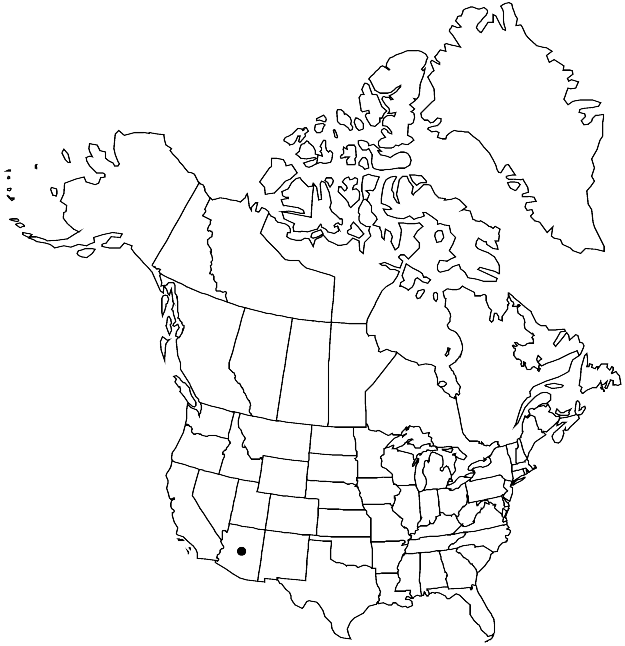Brachymenium mexicanum
Ann. Sci. Nat., Bot., sér. 2, 9: 54. 1838.
Plants in open to dense turfs, green, yellow-green, or golden, often lustrous. Stems 0.5–1(–2) cm, gemmiform to somewhat rosulate. Leaves strongly imbricate, slightly twisted when dry, concave, 1–2(–3) mm; margins plane to weakly recurved proximally, entire to serrulate distally, limbidium absent; apex acute; costa short- to long-excurrent, awn present; proximal laminal cells abruptly quadrate to short-rectangular; medial and distal cells rhomboidal to elongate-hexagonal, 40–60 × 10–16 µm, 3–4:1. Specialized asexual reproduction absent. Sporophytes unknown.
Habitat: Dry rock outcrops, soil covered crevices
Elevation: moderate elevations (1000 m)
Distribution

Ariz., Mexico, Central America.
Discussion
Brachymenium mexicanum is distinguished from B. macrocarpum by its more or less imbricate leaves, lack of limbidium, and absence of rhizoidal tubers. The leaf bases are not decurrent.
Selected References
None.